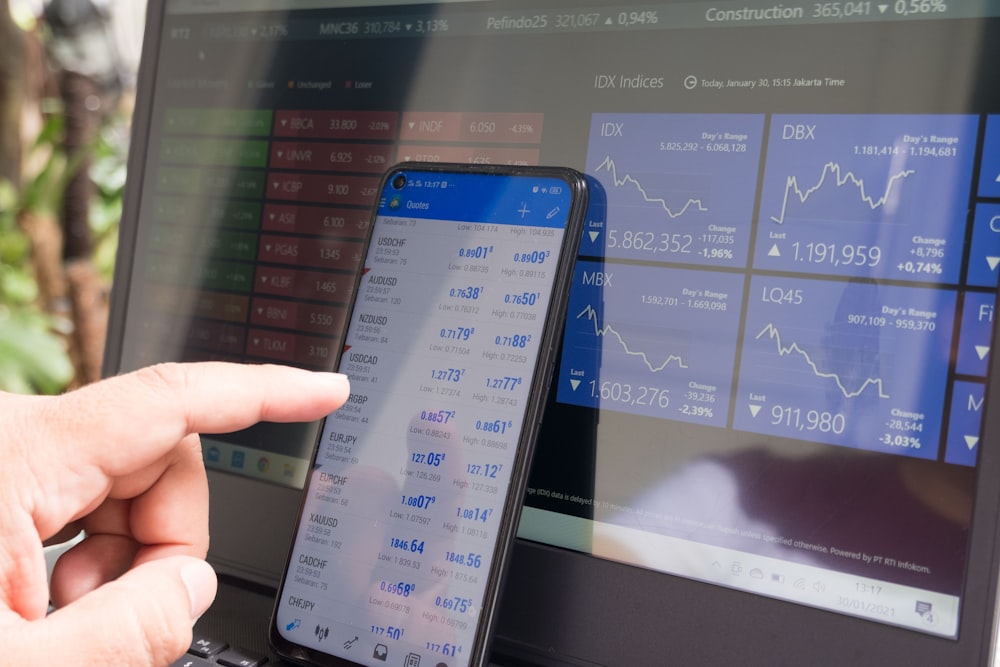
Stocks may have recovered from their big dip, but they’re still on a rollercoaster. Equities around the world had by Tuesday regained most of the losses they suffered the previous week, after a concatenation of economic and market events triggered a dramatic sell-off. Yet expectations of volatility are still higher than they were, which suggests more ructions lie ahead.Markets have mostly calmed down after the mini-crash that started when Japan raised interest rates and U.S. data showed unemployment at a near-three-year high. The Bank of Japan has since vowed to tread more carefully, and the U.S. job market has sent more reassuring signals. The Nikkei 225, which fell 12.4% last Monday, the S&P 500 and Nasdaq Composite are all roughly where they closed on August 2.But some scars linger. The Cboe VIX , which measures investors’ expectations of volatility in U.S. stocks, hit a level of 65.73 during August 5, almost triple the previous close. This “fear gauge” has since dropped back to around 21. But that’s still roughly 30% above where it was on July 31.Volatility spikes when investors who have piled into a few trades abruptly turn tail. The recent shock witnessed two such stampedes. One is the “carry trade”, where investors borrowed yen at lower rates and plowed the cash into higher-yielding assets such as U.S. technology stocks. The size of this flow is hazy, but the sudden, near-10% decline in an index tracking carry trades points to the market’s largest setback in four years, Bank of America analysts say.Those sharp movements also sabotaged another strategy – the “dispersion ”. Here, investors take positions in options, betting that single stocks will be more volatile than the index. The widespread nature of recent selling flipped that assumption on its head, upsetting the trade and forcing funds to liquidate other positions.The VIX has had bigger lurches. During the pandemic it was above 82; BNP Paribas estimates that, had the index existed, it would have topped 100 around “Black Monday” in 1987. But history advises caution. In the ten occasions when the VIX crossed above 28.5 for the first time in at least six months, as it did on August 5, the median fall in the S&P 500 was 22%, according to Ned Davis Research.That suggests that volatility spikes leave markets vulnerable to negative surprises from data, geopolitics or reversals of popular trades. Investors remain strapped to a rollercoaster.
Context News
Stock markets had by Aug. 13 regained most of the losses suffered during a turbulent trading session on Aug. 5. Weak U.S. economic data and markets’ fears over rising interest rates in Japan sparked widespread selling on that day, with equities indices falling sharply in Asia, Europe and the United States.More By This Author:U.S. Retail Earnings UpdateQ2 2024 U.S. Retail Preview: Strong Apparel SalesS&P 500 Earnings Dashboard 24Q2 – Friday, Aug. 9
Stocks Are Still Strapped Into A Rollercoaster

